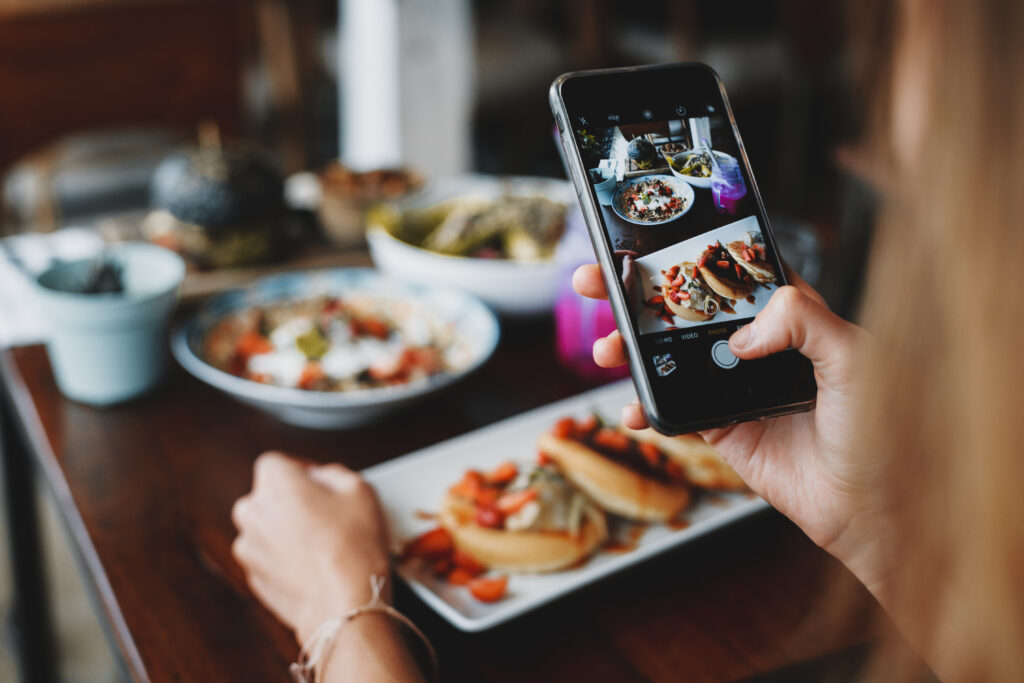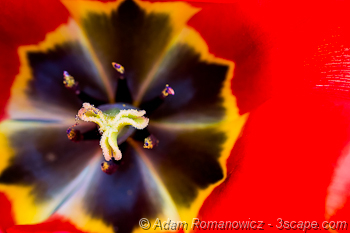
Social media is largely a visual medium, with photos and videos being the core means of sharing
and engagement beyond text. It’s gotten to the point where visual stimulation has become so
powerful in social networking that many videos are even subtitled because plenty of people
won’t even bother to unmute them.
Photography is a powerful tool that drives social media, as it spins a narrative with just a glance.
Great photos have an impact, whether it be to start a viral trend or get a consumer to buy a
product. Everything has become shareable and commodifiable, as we even see space images
become fine art because people want to consume good imagery.
This all impacts sales from numerous channels as brands, influencers, and consumers themselves
all propagate consumption from the images they produce. Let’s examine just how deeply
intertwined photography and consumer spending are.
Photography and Digital Marketing
One of the biggest means to stimulate consumer spending today is digital marketing. This covers
both social media branding and ads across platforms. Photography is an essential marketing tool
as visually appealing images promote products and services to their target demographic. With a
high-quality image, a consumer is more likely to have a good impression of a brand and make a
purchase.
This is most apparent in popular campaigns that make use of visual stimulation. Think of Coca-
Cola, which truly banks on consumers craving for a fresh drink and the familiarity of that pop
and fizzle when opening a bottle. They employ this technique in all of their media but popularly
ranked well from an ad that made use of a dripping bottle mid-open with the caption “Try not to
hear this.” To this day, Coca-Cola remains the market leader in the soda industry.
The phenomenon doesn’t just apply to big-name brands, either. The quality and authenticity of
product photos have become a must in a world where e-commerce takes up a fourth of the
overall market. A major reason why brands send out packages to popular content creators even
without sponsorship is because they know this will inevitably produce high-quality images of
their products that will reach potential consumers.
A recent study proves this notion fruitful, as 62 percent of people have stated being more likely
to buy a product if they see another person post a photo of it first. People want to get a good idea
of what they’re buying, and if highlighted correctly, the right photo will be the extra push a
consumer needs for conversion.
Visuals of the Consumer Journey
Interaction, cognitive response, and stimulation are essential in the modern consumer journey.
Stirring awareness and interest and moving it toward conversion and even advocacy has become
inherent in the social media experience.
Consider how even reviews affect other potential consumers. In a study of food photo types and
their effect on restaurant customer purchases, results showed that people tend to buy more from
places that have reviews showing the process of creating their food. This is because photos of the
cooking or preparation process not only entice those that care about the food they consume but
also attract individuals that care more about the experience. It just goes to show how much value
there is in the type of photos people see online and how this affects their perception of certain
brands and their worth.
The Impact of Social Media Culture and Consumption
From the aspects of the consumer journey and digital marketing is the birth of social media
culture. Its impact is undeniable when it comes to spending and consumption. Not only do
people see a barrage of targeted content, but they are also encouraged to purchase things for the
sake of posting on socials.
Even beyond mere exposure to these products and services, social media plays a huge role in
emotional spending. It’s so much easier to scroll through your feed, decide you want something
on a whim, and find its purchase link right there. 55 percent of people have cited social channels
as a reason for them spending more than they planned.
We see this power in influencer marketing. For instance, Got Milk recently partnered with online
creators and had them post their own artwork about milk pairings while posing for a photo with a
glass of milk. It once again fosters this feeling of realness while making consumers feel the need
to “join in.”
Photography has been an inherent part of digital evolution. Now that it is accessible to people
outside of commercial spaces, everyone is keen to post their own flex on their latest trip, meal,
purchase, or splurge. And thanks to technology now empowering users to craft the best images
possible with a click and some post-editing, it works just like that to loop others into buying.


